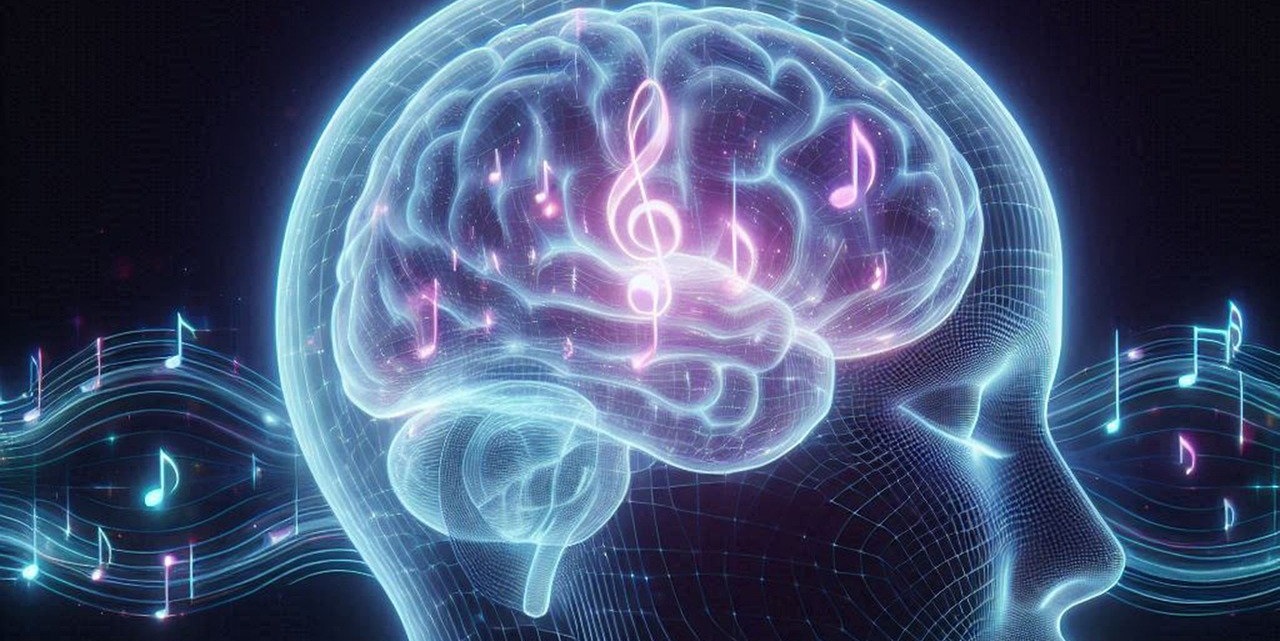
Musical Imagery
Imagining music in one’s head is a common experience. Yet little is known about how this relates to our wellbeing.
‘Musical imagery’ is the academic term used to describe the awareness of a mentally generated representation of musical sound. This AHRC-funded Inner Music and Wellbeing Network is designed to explore the range and significance of musical imagery and wellbeing experiences. To achieve this, we are working together to generate new knowledge about musical imagery and wellbeing by joining across disciplinary boundaries for the first time.
With funding for two years (June 2024-2026), themed events are planned to stimulate discussion from arts, humanities, social science and clinical perspectives. The network’s activity is driven by questions such as:
- What cultural differences exist in how we feel about musical imagery?
- What opportunities exist for arts and humanities researchers to collaborate with clinical practitioners to support people who suffer from intrusive musical imagery
- What can musical imagery researchers in different areas learn from and with each other about imagination and wellbeing?
- How do individuals in different communities support their wellbeing through the intentional use of musical imagery?
- To generate new knowledge about musical imagery and wellbeing by joining across disciplinary boundaries for the first time
- To broaden understanding of the ways in which musical imagery plays a role in the lives of diverse communities
- To promote exchange between people researching clinical and non-clinical manifestations of musical imagery and develop knowledge about their inter-relationship
- To begin to identify cultural differences in perceptions of, and attitudes towards, inner music in diverse contexts
- To consolidate knowledge and resources across traditional disciplinary and practice divides, to scale up the potential for collaborative research to address key challenges
- To work collaboratively to identify treatment and prevention ideas for those who experience intrusive musical imagery, and conversely to develop the intentional use of musical imagery as a beneficial intervention
- To communicate the research to academic and non-academic audiences to deepen public understanding of the wellbeing implications of musical imagery